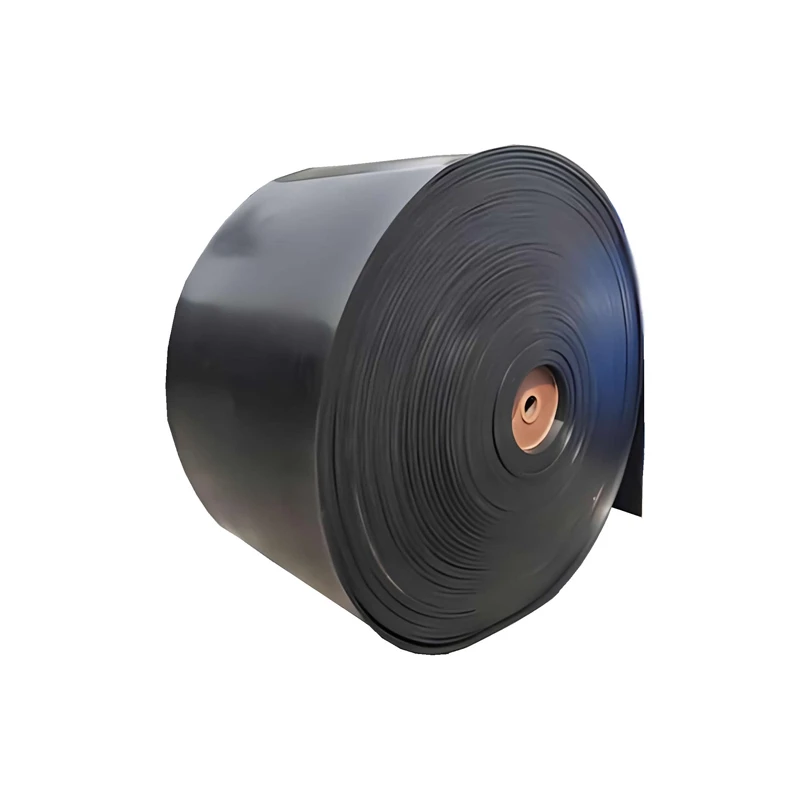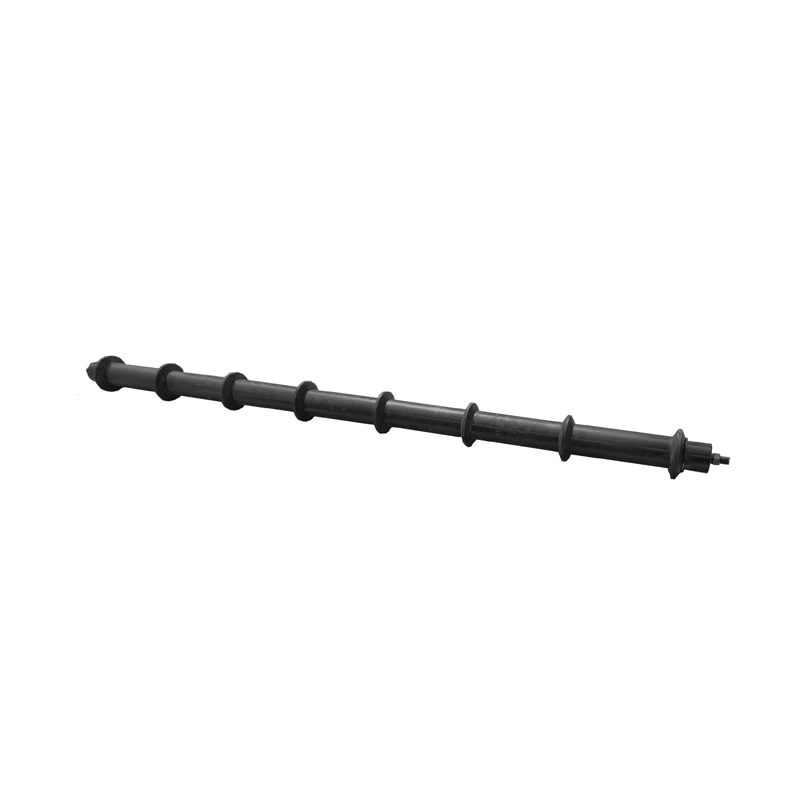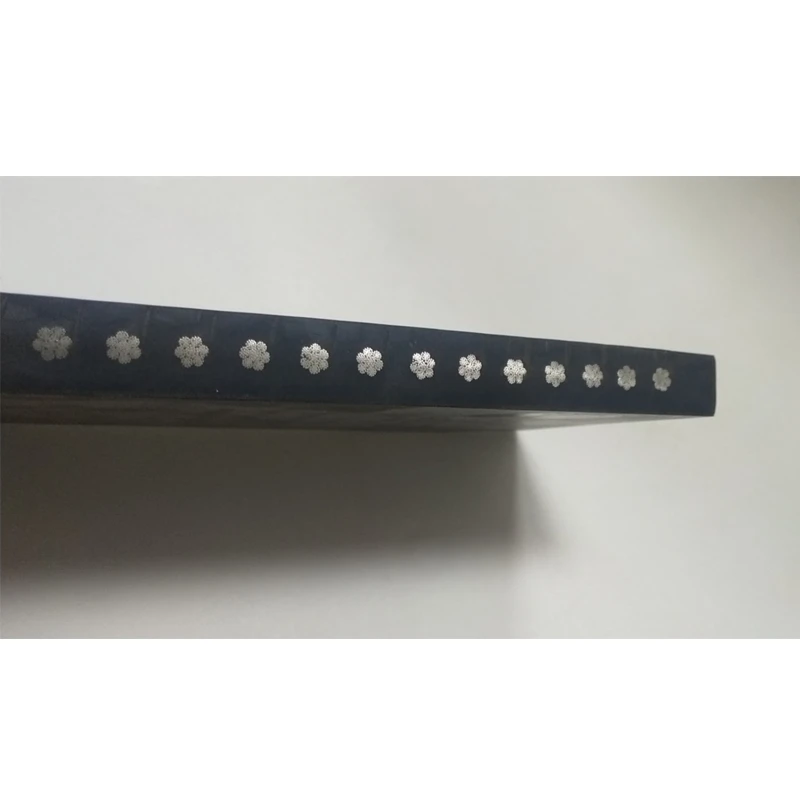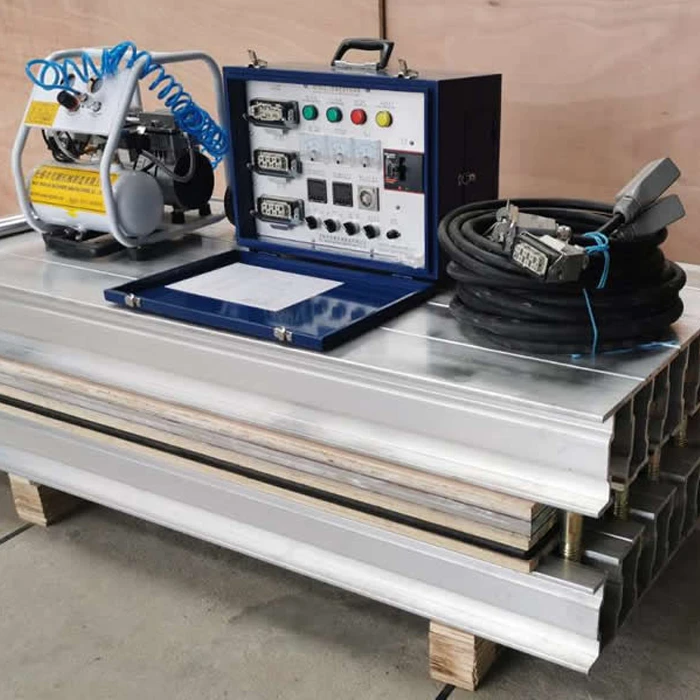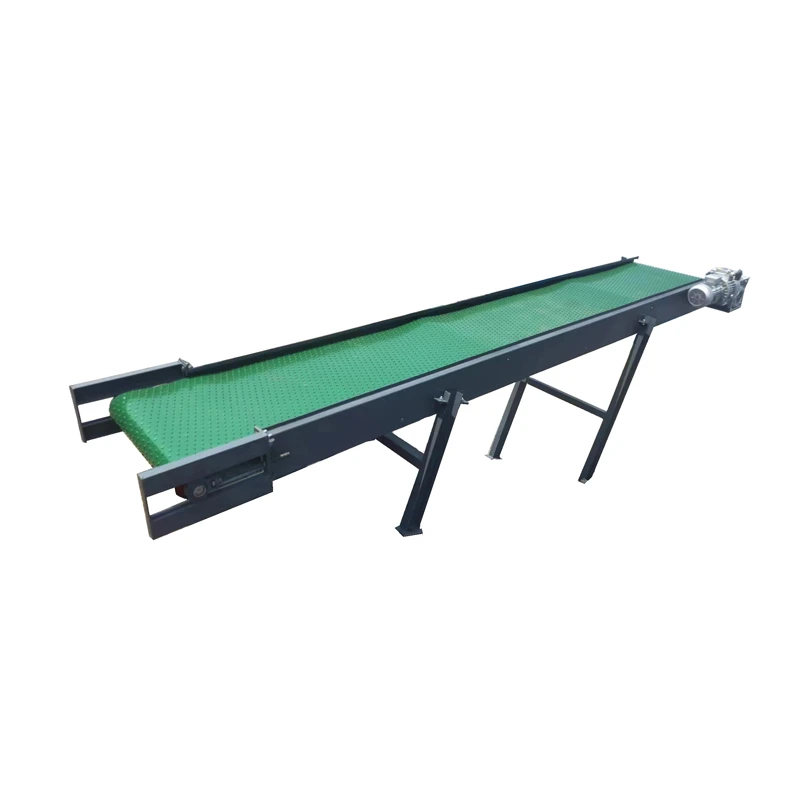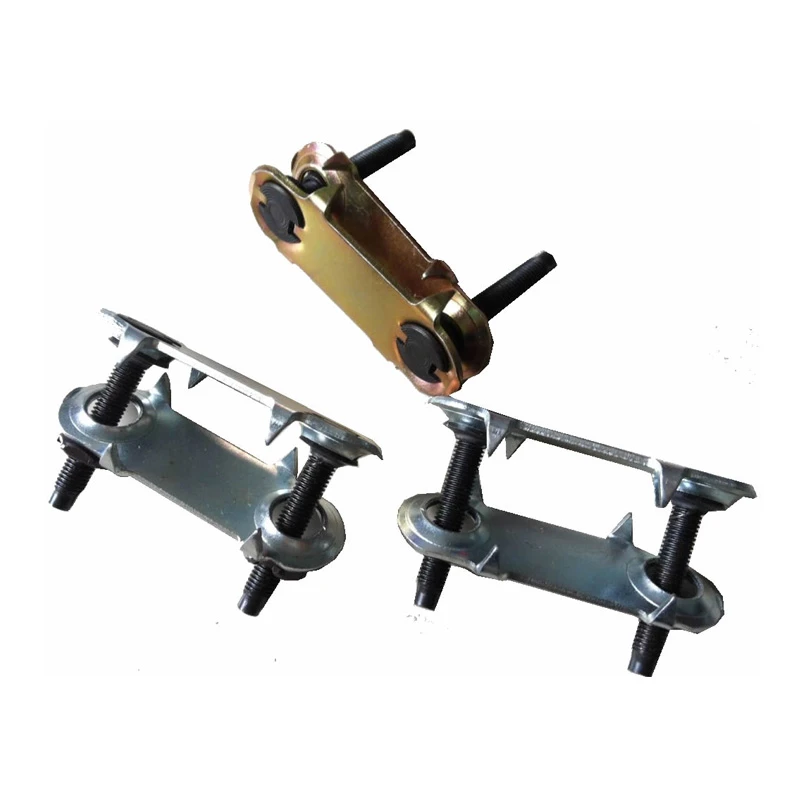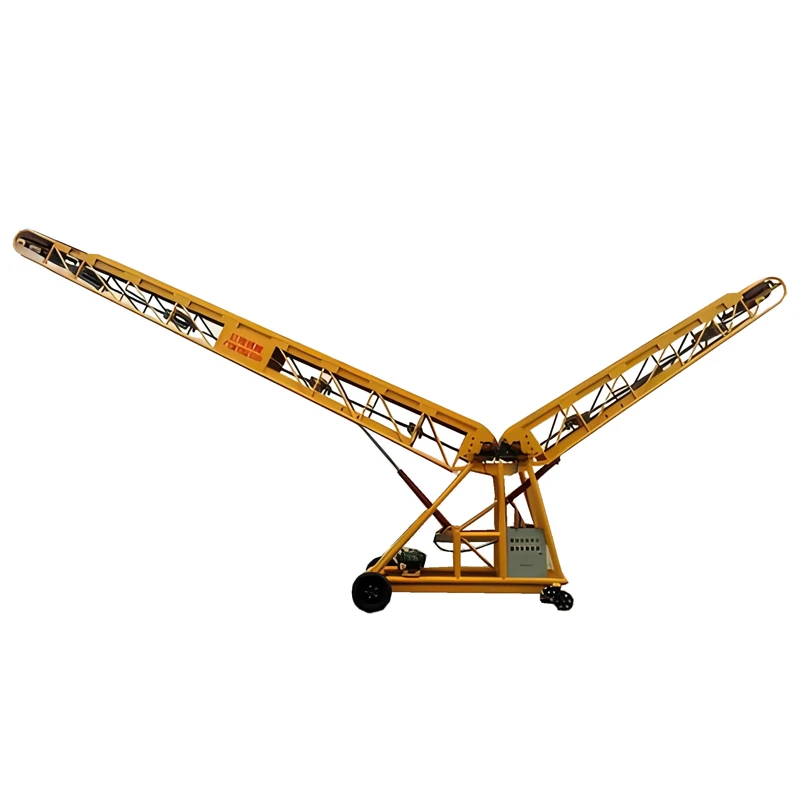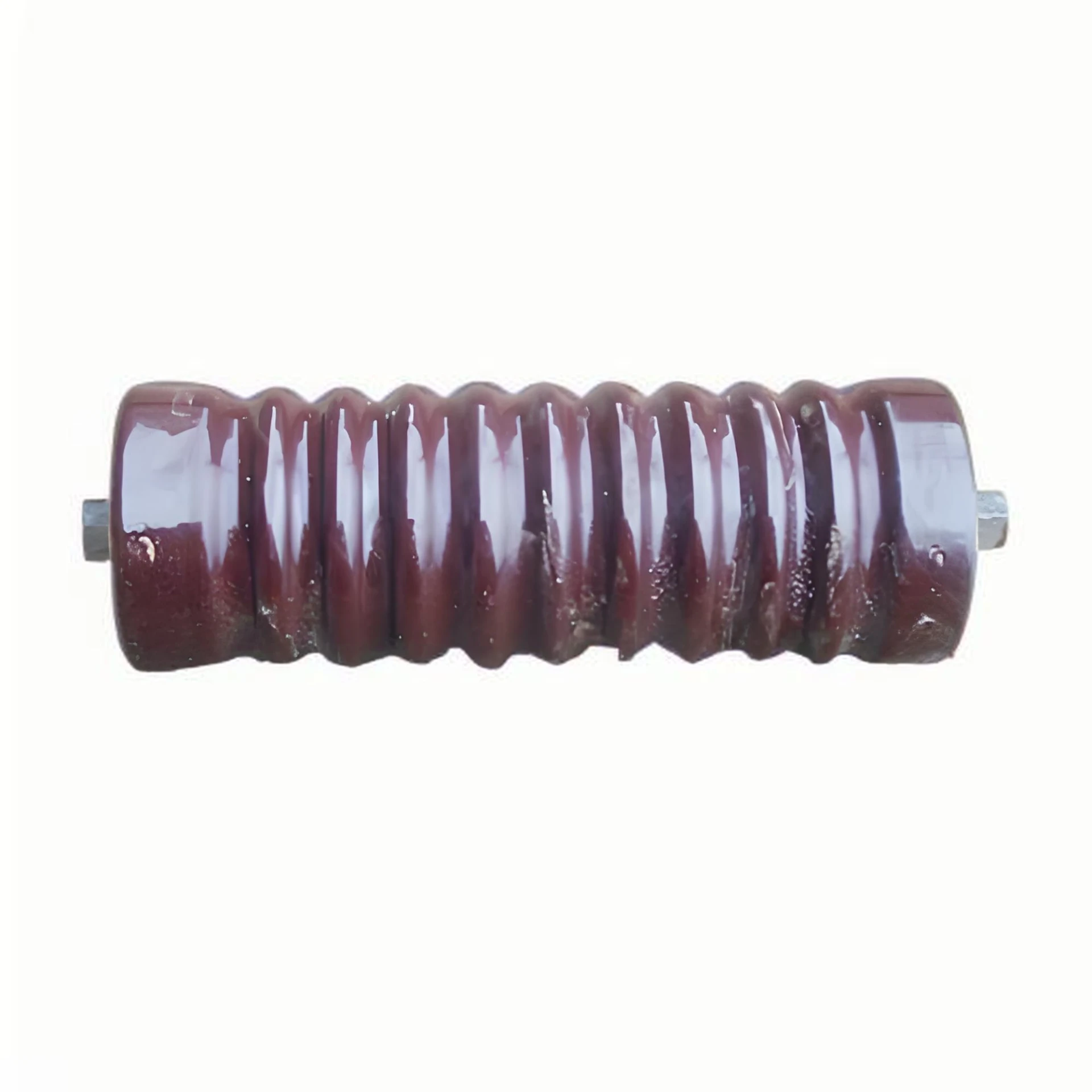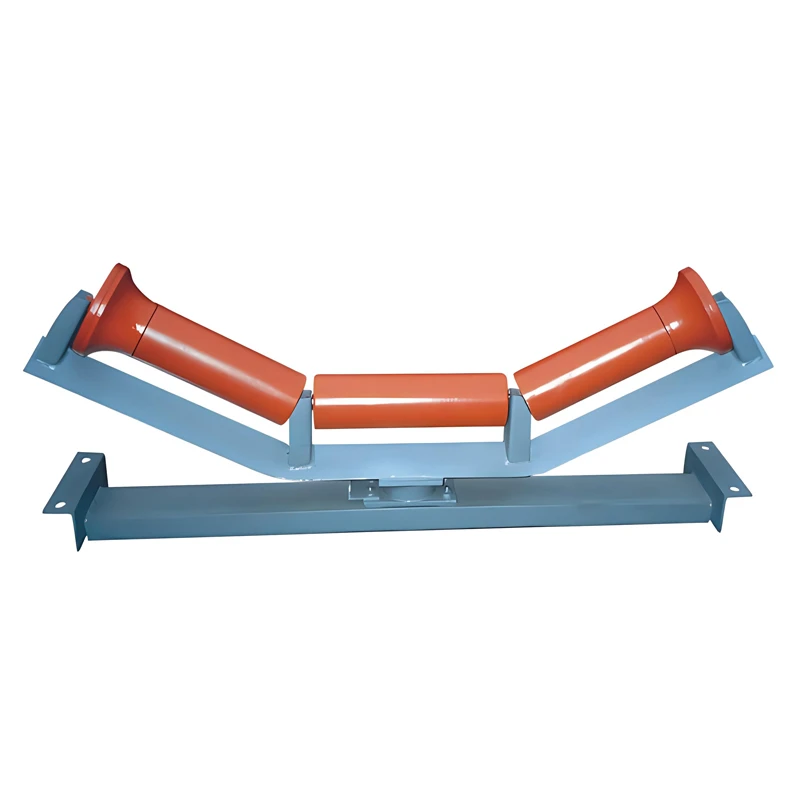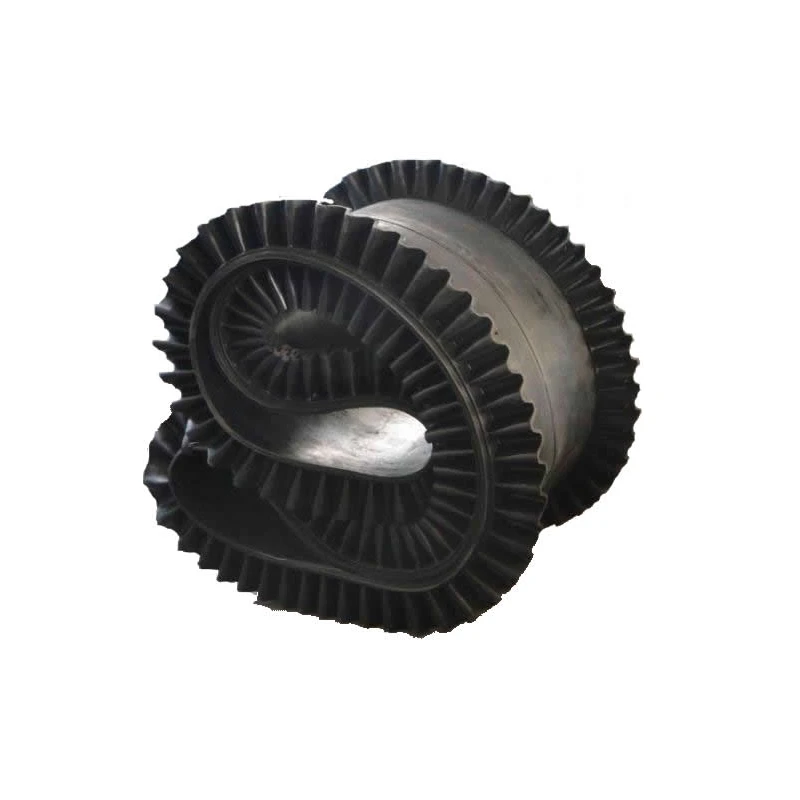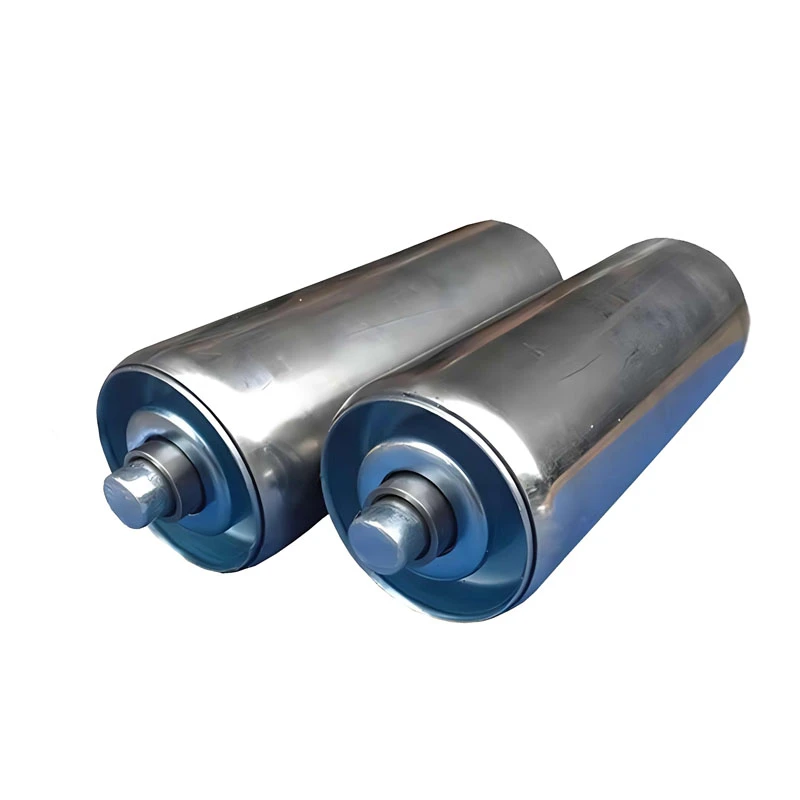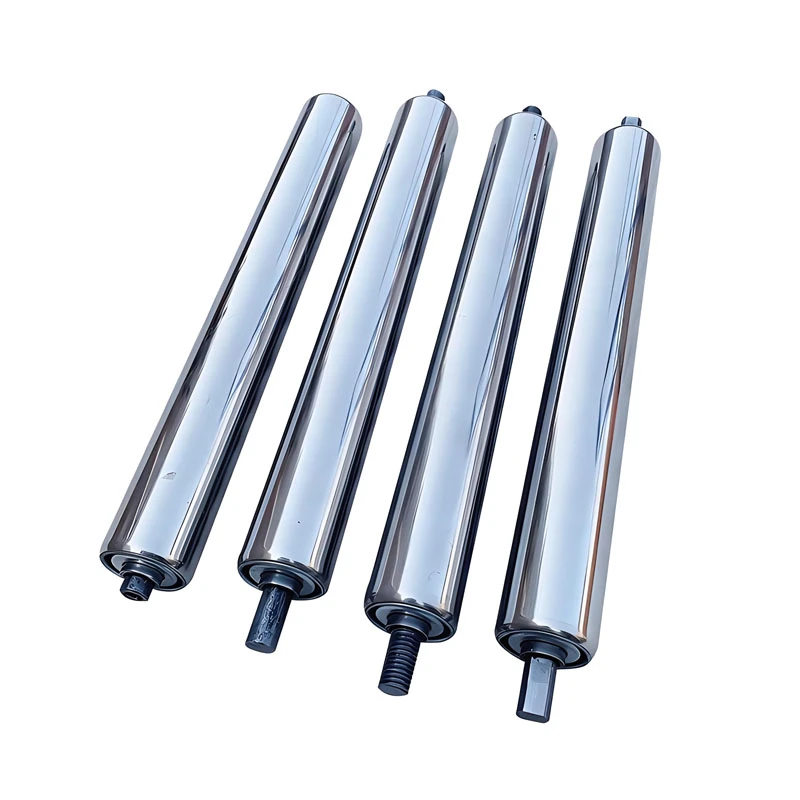Industrial material processing systems rely heavily on the integrity of conveyor belts and mechanical equipment to ensure smooth operations. The electromagnetic iron remover plays a critical role in this ecosystem by eliminating ferromagnetic impurities that can compromise equipment performance and product quality. This article explores the functionality, technical specifications, applications, and industry impact of this essential device, while highlighting the expertise of its manufacturer, Hebei Roule Transport Machinery Manufacturing Co., Ltd..
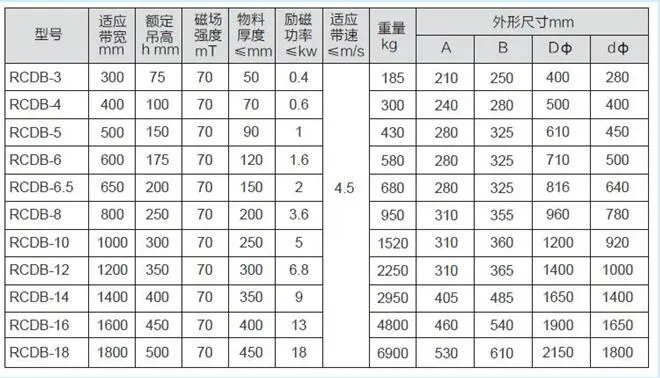
Image 1: A high-performance conveyor belt magnetic separator in action, demonstrating its ability to remove metal contaminants from raw materials.
Core Functionality and Operational Advantages
The electromagnetic iron remover is designed to address a critical challenge in industrial material handling: the presence of ferromagnetic impurities. These contaminants, which include iron particles, nails, and other metallic debris, can cause severe damage to machinery such as crushers, grinders, and conveyor belts. By effectively removing these impurities, the device ensures the safe and uninterrupted operation of mechanical systems, reducing downtime and maintenance costs.
One of the key advantages of the electromagnetic iron remover is its versatility in unloading methods. It supports manual unloading, automatic unloading, and program-controlled unloading, allowing operators to choose the most efficient approach based on their specific production requirements. This adaptability makes it suitable for a wide range of industrial applications, from small-scale operations to large-scale manufacturing facilities.
Another critical factor in the device's effectiveness is its magnetic field strength. The iron removal efficiency is directly influenced by the strength of the magnetic field generated by the remover. A higher magnetic field strength enables the device to capture smaller and more deeply embedded ferromagnetic particles, ensuring a higher grade of raw materials. Additionally, the installation height of the iron remover plays a significant role in its performance. As noted in the National Institute of Standards and Technology (NIST) guidelines, optimal iron removal occurs when the device is positioned as close to the material as possible without interfering with the conveyor belt's normal operation (NIST, 2025).
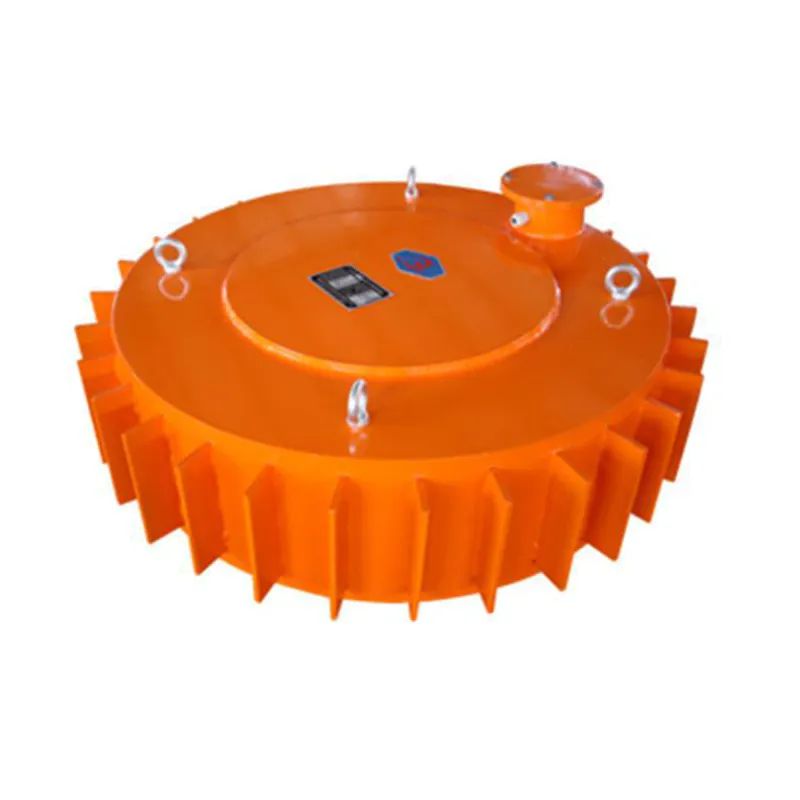
Image 2: A detailed view of the electromagnetic iron remover, showcasing its robust construction and magnetic components.
Technical Specifications and Design Considerations
The electromagnetic iron remover is engineered with precision to meet the demands of diverse industrial environments. Below is a comprehensive table outlining its key technical specifications:
| Parameter | Specification |
|---|---|
| Magnetic Field Strength | Up to 12,000 Gauss (depending on model) |
| Unloading Methods | Manual, Automatic, Program-Controlled |
| Installation Height | Adjustable to optimize iron removal efficiency |
| Material Thickness Compatibility | Optimal performance for materials up to 50 mm thick |
| Operating Temperature Range | -20°C to 60°C |
| Power Supply | AC 220V/50Hz or DC 24V (customizable) |
| Dimensions | Varies by model (refer to product manual for details) |
Proper installation is crucial to maximizing the iron remover's effectiveness. The device should be mounted at the lowest possible height to ensure optimal magnetic field penetration. However, it must be positioned carefully to avoid contact with the conveyor belt, which could lead to mechanical damage. For inclined installations, the angle of the device must be adjusted to maintain alignment with the material flow, as recommended by NIST standards (NIST, 2025).

Image 3: A close-up of the electromagnetic iron remover's magnetic components, highlighting its durable design and engineering precision.
Industrial Applications and Industry Impact
The electromagnetic iron remover is a versatile solution that caters to a wide array of industries. Its ability to continuously suction and dispose of iron contaminants makes it an indispensable tool in sectors where material purity is paramount. Key applications include:
- Metallurgy and Mining: Removing iron impurities from raw ore to improve processing efficiency and product quality.
- Power Generation: Protecting turbines and other critical equipment from damage caused by metallic debris in coal or ash.
- Cement and Building Materials: Ensuring the purity of raw materials like limestone and clay to meet industry standards.
- Food and Feed Processing: Preventing contamination of food products with metallic particles, which is critical for compliance with safety regulations.
- Waste Management: Recovering valuable steel from waste streams, contributing to sustainability efforts.
The device's impact extends beyond individual industries. By reducing equipment downtime and maintenance costs, it contributes to the overall efficiency of production systems. For example, in the NIST-recognized manufacturing sector, the use of advanced iron removal technologies has been shown to improve operational efficiency by up to 25% (NIST, 2025). This aligns with the institute's mission to support innovation and economic growth through technological advancements.
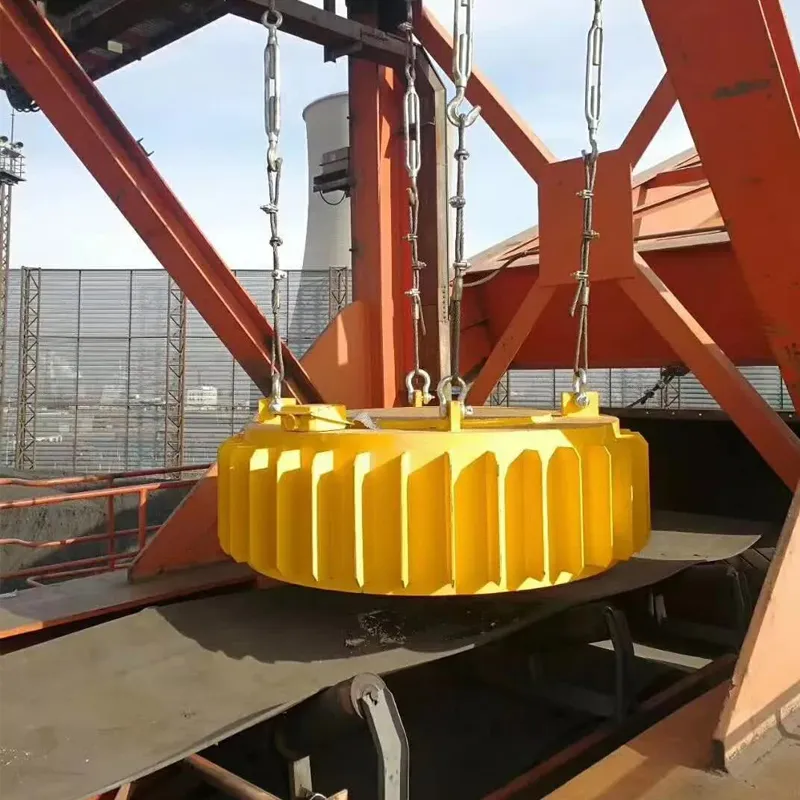
Image 4: A schematic diagram illustrating the installation of the electromagnetic iron remover in a conveyor belt system.
Company Background and Expertise
The Hebei Roule Transport Machinery Manufacturing Co., Ltd. is a leading manufacturer of industrial conveyor belt systems and associated equipment. With a focus on innovation and quality, the company has established itself as a trusted provider of solutions for material handling challenges. Their expertise in designing and producing electromagnetic iron removers is rooted in years of research and development, ensuring that their products meet the highest standards of performance and reliability.
Hebei Roule's commitment to excellence is reflected in their product design, which prioritizes durability, ease of maintenance, and adaptability to different industrial environments. The company's electromagnetic iron remover is a testament to this philosophy, offering a robust solution for industries that demand precision and efficiency.
For more information about the company's products and services, visit Hebei Roule Transport Machinery Manufacturing Co., Ltd..
Conclusion
The electromagnetic iron remover is a critical component in modern industrial material handling systems. Its ability to efficiently remove ferromagnetic impurities ensures the safety, efficiency, and longevity of mechanical equipment while improving the quality of raw materials. With its advanced design, versatile unloading options, and adaptability to various installation scenarios, this device has become an essential tool across multiple industries.
As highlighted by NIST research, the integration of such technologies is vital for driving innovation and maintaining competitive advantage in the manufacturing sector. By partnering with companies like Hebei Roule Transport Machinery Manufacturing Co., Ltd., industries can leverage cutting-edge solutions to enhance operational efficiency and sustainability.
References
NIST. (2025). National Institute of Standards and Technology. Retrieved from https://www.nist.gov/

